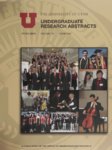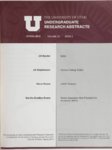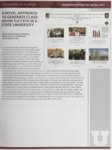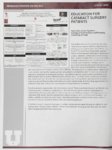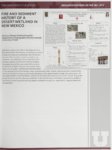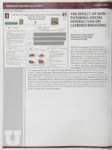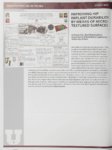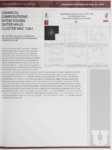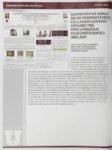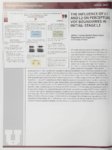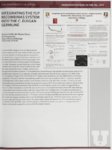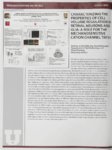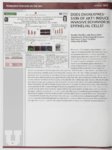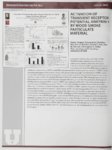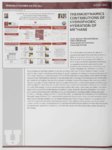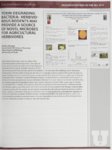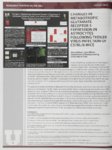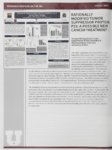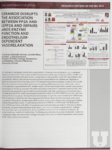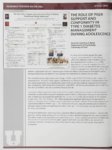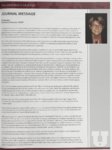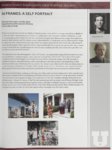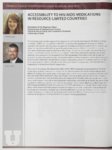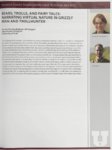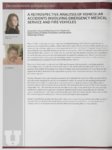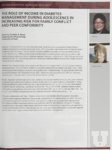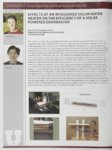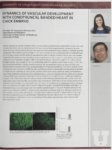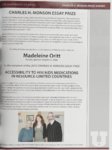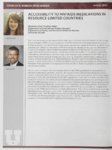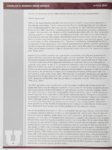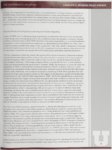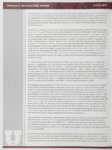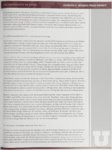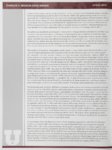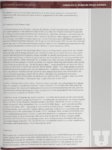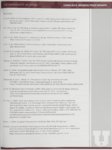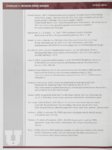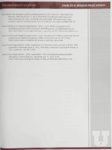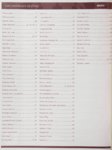| OCR Text |
Show CHARLES H. MONSON PRIZE WINNER SPRING 2013 48 History and Relevance of the Trade-Related Aspects of Intellectual Property Rights (TRIPS) Agreement TRIPS is the most inclusive and definitive declaration on intellectual property protection in the international market. The first international effort to coordinate what are now referred to as intellectual property rights was the Paris Convention for the Protection of Industrial Property. This 1883 convention established rules for all participating countries endeavoring to patent their products and designs in other countries, particularly the rule that an inventor seeking a patent in a foreign country would be granted the same protection and treatment as an inventor native to that country (World Intellectual Property Organization). Thus, individual countries were responsible for issuing and enforcing their o w n national patents. Nearly a century later, in 1970, a Washington, D.C., Diplomatic Conference implemented the Patent Co-operation Treaty, allowing for international application for a patent, a process governed by the World International Patent Organisation (Love, 2007). Once the patent was appropriated, "[t]he patent holder would then register the patent in those countries with appropriate patent laws" (Love, 2007). However, most of the countries with appropriate patent laws and sufficient governance to enforce the laws were more-developed, higher-income countries. The first time that less-developed countries attempted to create provisions for their o w n benefit was in 1982, with a Revision Conference of the aforementioned Paris Convention. The group of developing countries, then known as the G-77, attempted to introduce a form of compulsory licensing, a term which refers to a country's ability to force a company to license the rights to its patented product to the country, provided that adequate compensation is ensured, so that the country may produce the product at a cheaper price (compulsory licensing will be examined in further detail at a later point) (Love, 2007). The issue was not solved immediately, and was thus diverted to the Uruguay Round of talks held by the General Agreement on Tariffs and Trade (GATT, precursor to the WTO), and was ultimately incorporated into the TRIPS agreement in 1994 (Love, 2007). The TRIPS agreement was established in order to create "a uniform set of rules across the globe that would provide adequate standards of protection for intellectual property and provide greater predictability and stability in international economic relations" (Subhan, 2006). The agreement was, in large part, instigated by "the United States, Japan, and the European Union to protect their corporations and citizens from losses due to infringement of patents or copyrights (copying) in countries not offering sufficient protection" (Haakonsson & Richey, 2007). Although some of the provisions for compulsory licensing and parallel importation were the result of pressure from lower-income countries, the stringent patent regulations were specifically for the benefit of corporations and companies within higher-income countries that feared illegal production of their products without adequate returns. One of the essential provisions in TRIPS is its minimum period of patent protection, by which a company receives protection on their patented product for twenty years from the date of filing for a patent (Subhan, 2006). Many contest this provision, particularly as it applies to pharmaceutical products. Pharmaceutical companies are content with the provision, however, because they claim that having an exclusive patent on their product for 20 years allows them to recoup the substantial financial investment of the research and development, testing, and marketing of a new drug, in addition to creating a financial incentive for the innovation of new drugs. In 1999, it was estimated, according to one widely quoted report, that the average process of bringing a single new drug to market consumed 12 to 15 years and cost US$ 500 million (Drews, 1999). Twelve years later, this figure has risen to US$ 4 billion for the average drug, with some drugs costing up to US$ 11 billion (Herper, 2012). Thus, a 20-year period to maintain a high price for a drug in order to recoup between US$ 4 billion and US$ 11 billion is potentially justifiable. Furthermore, it is undeniable that drug corporations are mechanisms of capitalism. They function in a capitalist market and develop their economic models in order to get the best economic returns on their drugs. |

